#Prehistoric Rock Art
Text
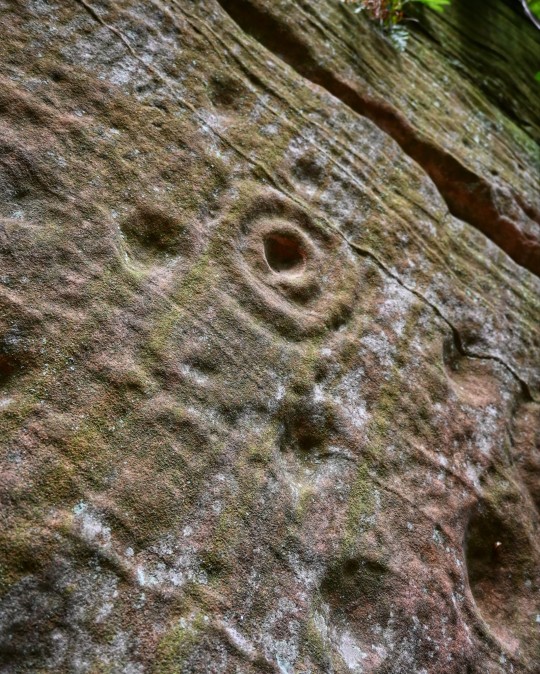

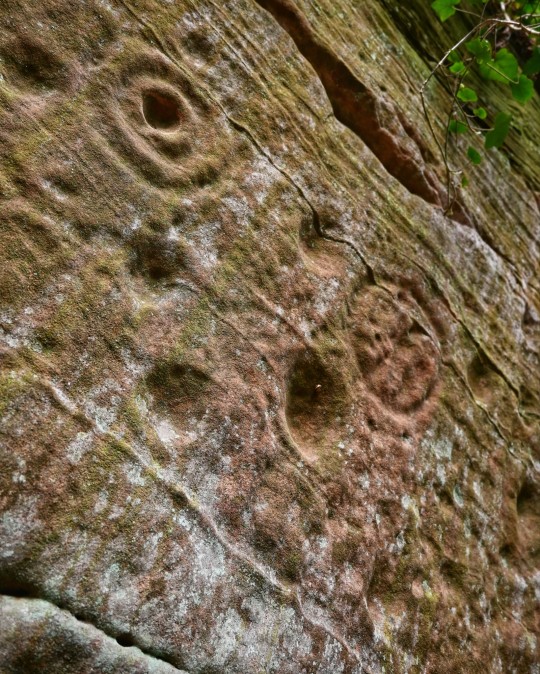



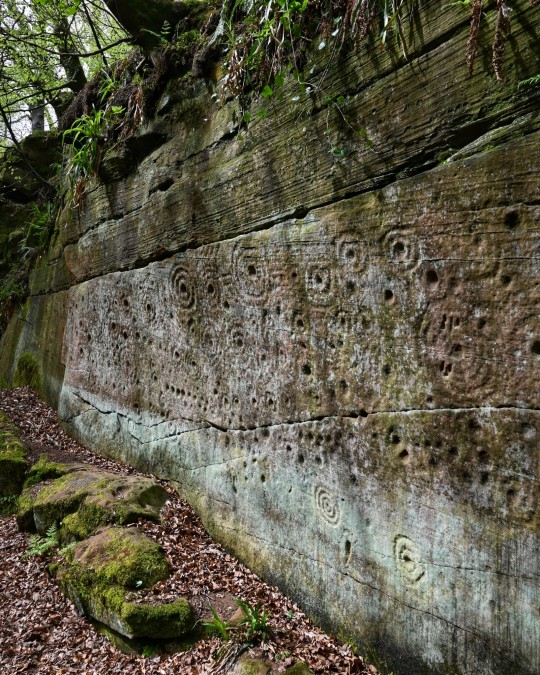
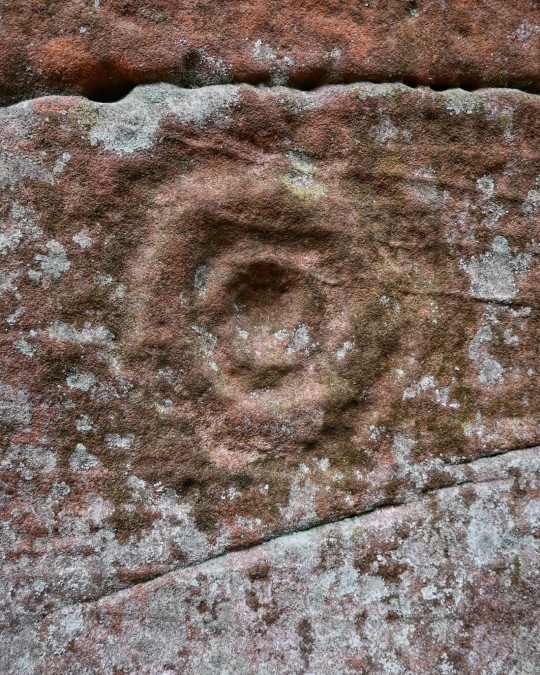


Ballochmyle Prehistoric Rock Art Panels, Ballochmyle, East Ayrshire, Scotland
#ice age#stone age#bronze age#copper age#iron age#neolithic#mesolithic#calcholithic#paleolithic#prehistory#prehistoric#prehistoric rock art#rock art#cup and ring#cup marks#symbols#ancient sites#Scotland#landscape#outdoors#wild places#ancient craft#ancient culture#archaeology
2K notes
·
View notes
Photo
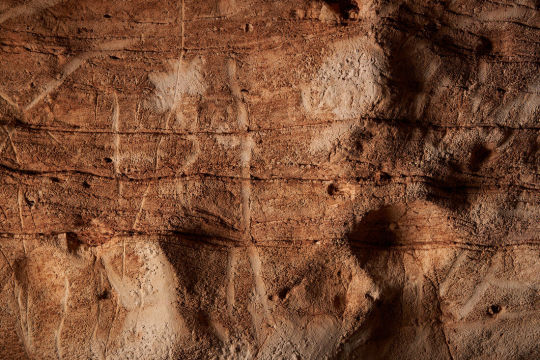
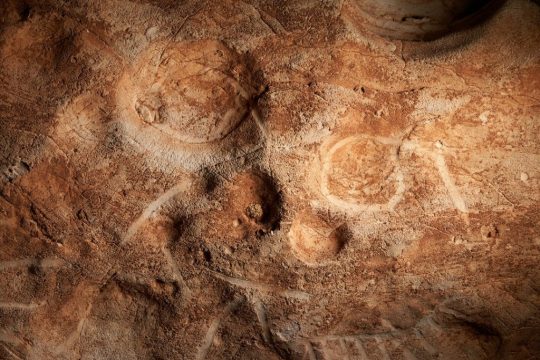



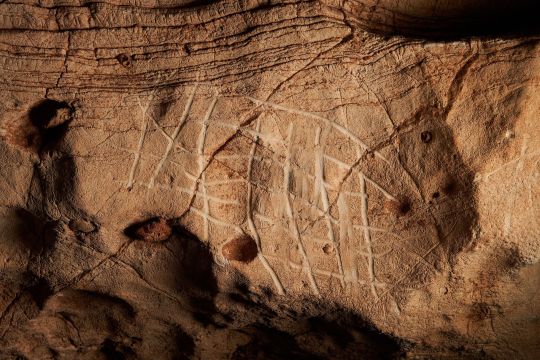
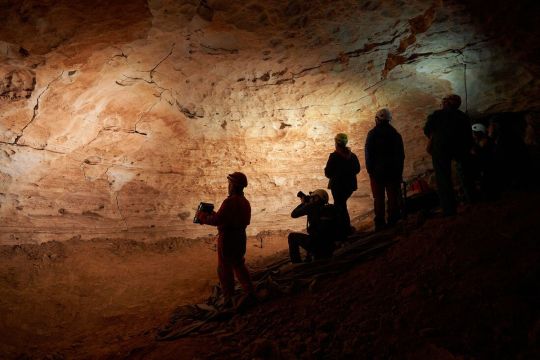
Preserved Prehistoric Engravings Found in Spain
Significant prehistoric rock art has been discovered in La Febro, in southwestern Catalonia.
The team that discovered the art inside Cova de la Vila described it as “exceptional, both for its singularity and excellent state of conservation.”
In the Cova de la Vila cave in La Febró (Tarragona), in northeastern Spain’s region of Catalonia, more than 100 prehistoric engravings have been found, arranged on an eight-meter panel.
According to experts, it is a composition related to the worldview of agricultural societies and farmers of the territory. One of the singularities of this mural is that it is made exclusively with the engraving technique, with stone or wood tools.
The engravings include shapes that resemble horses, cows, suns, and stars.
Julio Serrano, Montserrat Roca, and Francesc Rubinat were the cavers responsible for the discovery; they collaborated with Josep Vallverd, Antonio Rodrguez-Hidalgo, and Diego Lombao, researchers from the Catalan Institute of Human Paleoecology and Social Evolution (IPHES-CERCA), and Ramón Vias, an expert in prehistoric rock art.
It was in May 2021, during some scans and topographical work by a group of speleologists in the Barranc de la Cova del Corral, that they discovered the Cova de la Vila, a cavity excavated by Salvador Vilaseca in the 1940s and whose coordinates appear to have been lost.
The set is very homogeneous stylistically and presents few overlaps. From the stylistic point of view, the set is part of the post-Paleolithic schematic art. It is an art associated with peasant and livestock communities during the transition period between the Chalcolithic and the Bronze Age, that is, between 5,000 and 3,000 years BC. In Catalonia, these types of ensembles, in underground cavities, are very rare, being the case of the Sala dels Gravats of the karstic complex of Cova de la Vila exceptional for being inside a cave and possibly associated with an archaeological context.
These types of representations are uncommon in Catalan territory, though some examples can be found, such as the Vallmajor Cave in Albinyana, Baix Penedès. In the peninsular area, it would be classified as “underground black schematic and abstract schematic,” which are heterogeneous groups distinguished by their formal or typological, thematic, and technical affinities. La Pileta and Nerja in Málaga, La Murcielaguina in Córdoba, and the Los Enebralejos caves in Segovia, the Galera del Flex in Burgos, or the Maja Cave in Soria are some Andalusian caves with painted (black or red) or engraved representations and similar chronologies.
The engravings are in exceptional condition, but they are extremely fragile due to the instability of the support on which they are found. Because it is a soft and humid surface, changes in the atmospheric conditions in the room may affect the conservation of the panel.
To ensure these climatic conditions, the Department of Culture, the Febró Town Hall, and the IPHES collaborated to close it both outside and inside, ensuring its physical conservation. Similarly, a closure has been installed in the access to the cat flap, which provides direct access to the Sala dels Gravats, to return it to the climatic conditions it had prior to discovery.
A unique set of engravings
The rock art collection of the Sala dels Gravats of the Cova de la Vila karstic complex is completely unique. Despite the fact that its research phase has not yet begun, all indications point to it being one of the best compositions of post-paleolithic subterranean abstract art in the entire Mediterranean region.
On one of the cave walls, a large number of schematic representations have been discovered. The engraving panel is made up of five horizontal lines, one on top of the other, with different engraved figures that each have their own meaning and symbolism.
Various figures such as quadrupeds, zigzags, linear, angular strokes, and circles are represented. There are several zoomorphs (possibly bovids and equines), steliforms (single and/or stars), and reticulates that stand out. There’s also a composition that looks like an ‘eyeballed’ idol. The overall aesthetic is very consistent, with few stylistic overlaps.
The distribution of the various elements suggests that it could be a composition: zoomorphic in the lower part of the panel, reticulated, particularly in the central part, and steliform in the upper part of the group, with an eye in the upper part of the group.
By Leman Altuntaş.
#Preserved Prehistoric Engravings found in Spain#Catalonia Spain#Cova de la Vila#prehistoric rock art#ancient art#ancient artifacts#archeology#archeolgst#history#history news#ancient history#ancient culture#ancient civilizations#long reads
36 notes
·
View notes
Text
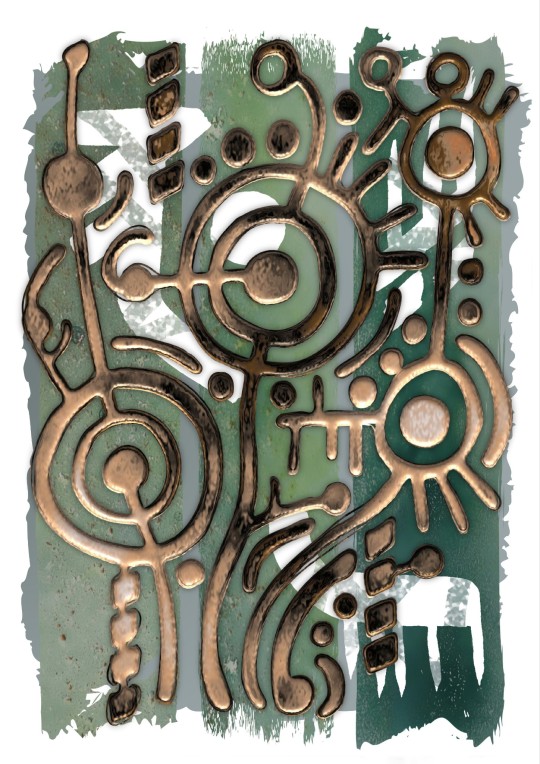
‘Proto-Story XIII’ Artwork (Watercolour, Salts, Inks and Digital Art), Spring 2022.
This artwork is part of a series of piece inspired by UK prehistory.
#prehistoric#prehistory#cupandringart#cup and ring marks#archaeology#ancient living#ancient craft#ancient beliefs#ancient cultures#landscape#wild places#original art#artwork#ancient design#neolithic#symbols#art#prehistoric art#prehistoric rock art
126 notes
·
View notes
Text
Further Wandering York

View On WordPress
#20th Century Architecture#Architecture#Glacial Erratic#Modernism#Prehistoric Rock Art#Romanesque#Sculpture#WB Yeats#York
0 notes
Text

Two new cave paintings on river pebbles. It's so captivating to make something from materials you picked up yourself. Currently making beads for these pendants out of small jasper pebbles
#miniature#painted stones#cave art#neolithic#rock painting#painted rocks#minerals#pebbles#handprints#cave paintings#prehistoric#painted miniatures#my art
938 notes
·
View notes
Text

what if we kissed at the mazon creek fossil beds 😳
#biology#sciblr#stem#science#paleontology#geology#minerals#crystals#gems#rocks#dinosaurs#fossils#evolutionarybiology#triassic#naturalhistory#mosasaur#prehistoric#dinos#dinosaur#paleo art#triceratops#spinosaurus#dinosuar
329 notes
·
View notes
Text
Is this "the first human-made textbook"?
Huge drawings of touchable animal tracks would be an ideal teaching tool for young hunters & trackers. These rock carvings in Namibia are hard to date, but the paper estimates they are at least 5000 to 7000 years old.
The authors of the paper sought out the assistance of local hunter and trackers to better identify the animals represented in the rock art. The range of species identified and the specificity of the depicted species was remarkable, showing the detail and depth of human knowledge of the natural world even thousands of years ago. (The trackers could tell the age and sex of many of the animals represented by the prints.)

Some of the carvings are in a narrow crevice, almost like it was a "test" where the student could move through the prints identifying them by touch. (that's just my guess for how they used it, the authors of the paper are more circumspect in their ideas about what this was for)
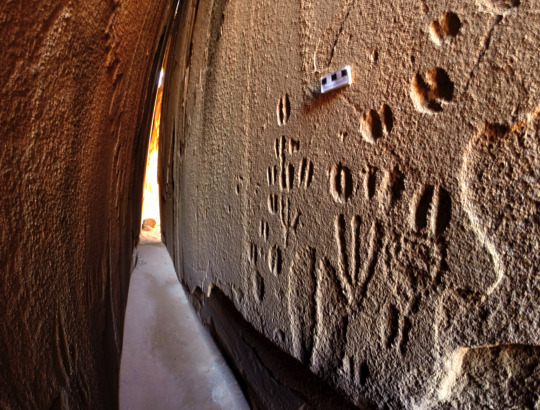
Some of the prints are from animals who no longer live in the region, possibly pushing the age of the site deeper into the past.



#rock art#early humans#Namibia#tracking#animal footprints#hunter gatherer#Doro!#footprints#human footprint#hooves#bushcraft#cave art#cave paintings#prehistoric#prehistory#teaching#education#learning#history#anthropology
132 notes
·
View notes
Text
article: “Stingray sand 'sculpture' in South Africa may be oldest example of humans creating an image of another creature”
#animals in art#ancient art#prehistoric art#rock art#sand sculpture#stingray#article link#archeology
21 notes
·
View notes
Text
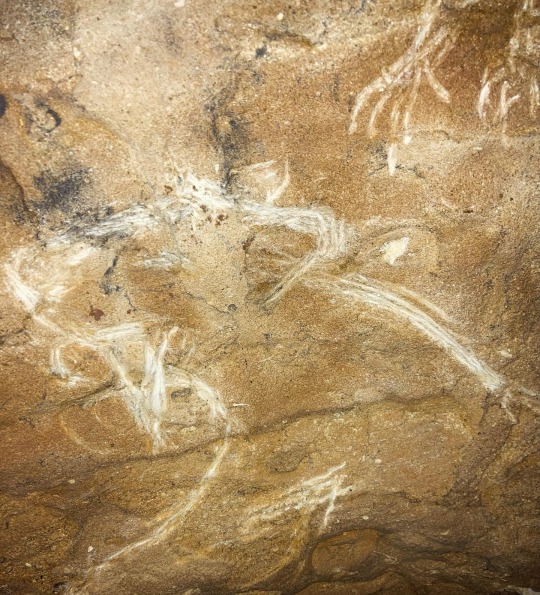
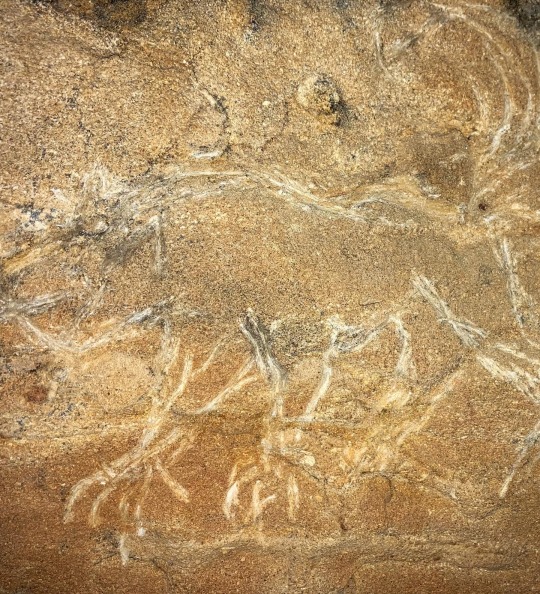
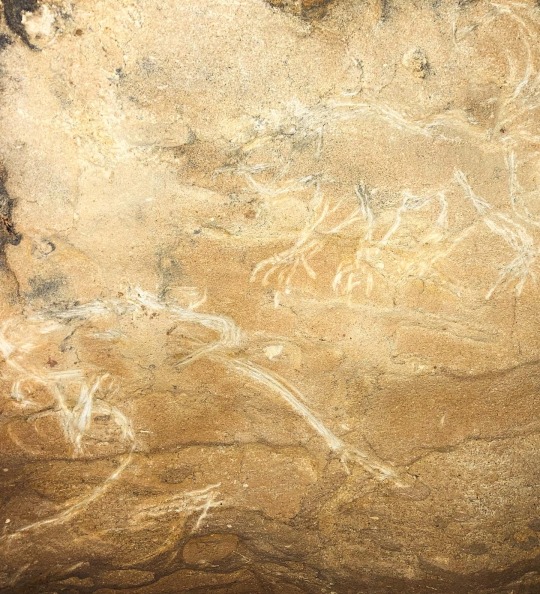
Chasing my ancestor’s instincts of making actual cave art in France
#cave art#prehistoric art#panther#sabertooth#sabertooth cat#drawn/scratched with a rock#ive always wanted to do this#dream come true#in the same region as a lot of those original cave art caves#something something about connecting with people from so long ago#this was my actual first art of the year :) good first start
18 notes
·
View notes
Text
this literally looks like a modern day middle-school desk i'm losing my mind humans have always been humans
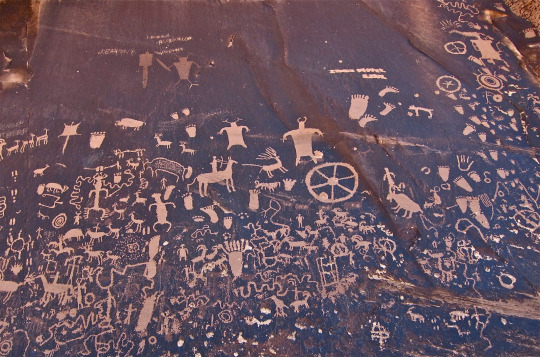
Image: Newspaper Rock, Utah, first carvings c. 0 BCE
#art#rock art#petroglyph#utah#cave art#cave paintings#humans being humans#humanity#indigenous art#prehistory#prehistoric art
12 notes
·
View notes
Text

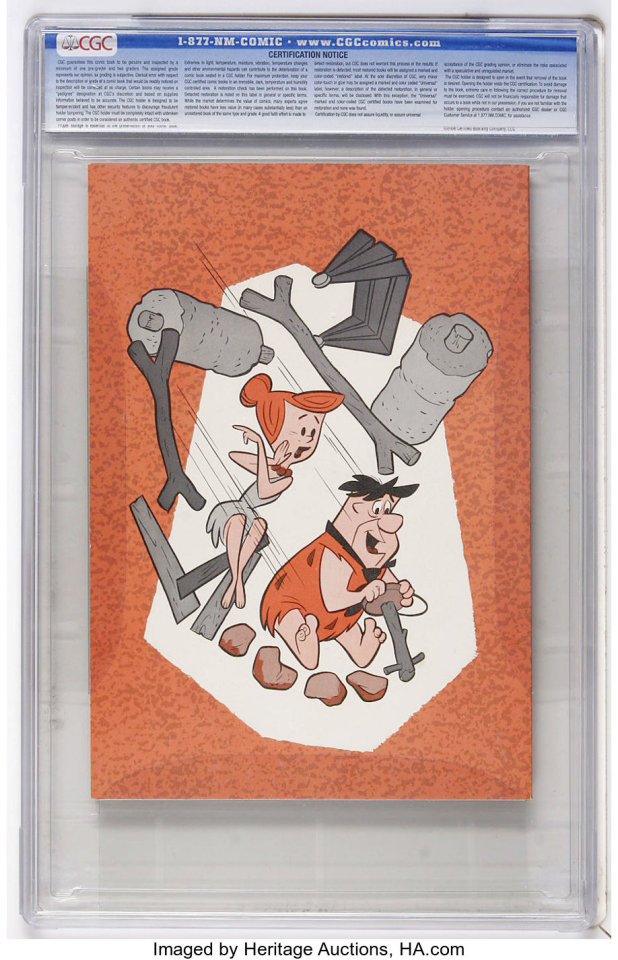
Vintage Comic - Flintstones On The Rocks
Pencils: ?
Inks: ?
Dell (Oct1961)
#Comics#Dell Comics#Flintstones On The Rocks#Flintstones#Animation#Cartoons#Saturday Morning TV#Prehistoric#Prehistoric Comics#Vintage#Art#CGC#Dell#1961#1960s#60s
47 notes
·
View notes
Text
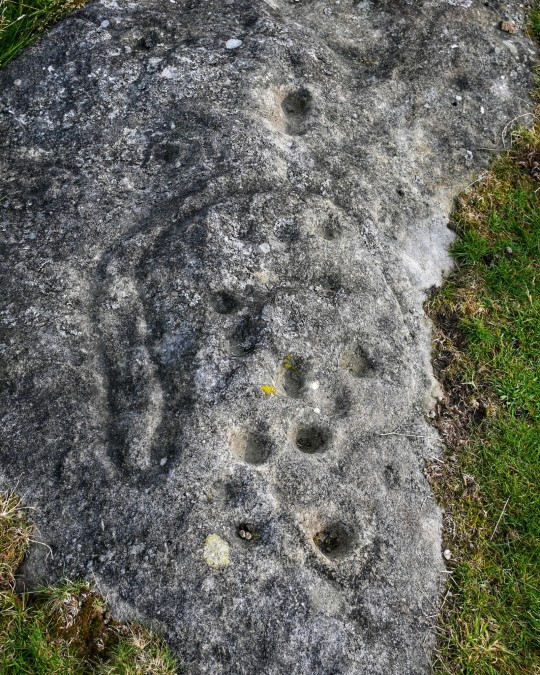

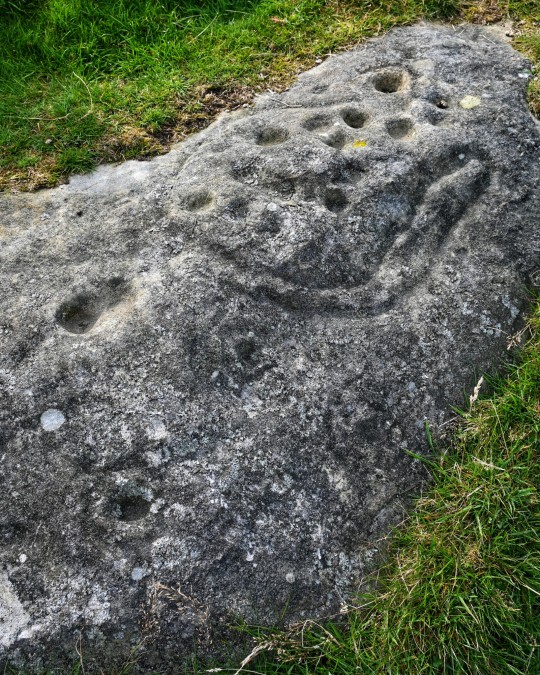

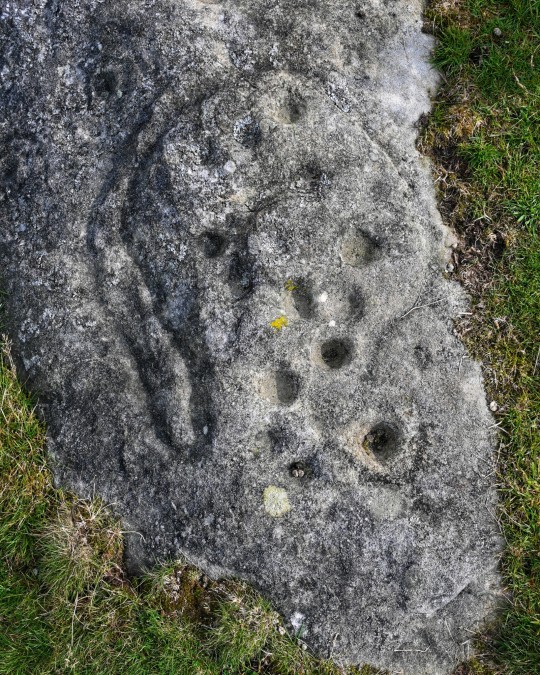

'Horseshoe Rock', Prehistoric Rock Art Panel, Lordenshaw, nr. Morpeth, Northumberland
#ice age#stone age#bronze age#copper age#iron age#neolithic#mesolithic#calcholithic#paleolithic#prehistoric#prehistory#rock art#cup marks#cup and ring#prehistoric rock art#ancient living#ancient cultures#ancient craft#Northumberland
70 notes
·
View notes
Text

The Bjørnstad Ship
Carved nearing the end of the end of the Nordic bronze age Ca 1000-500 Bce. Back then it would have been on a beach to a fjord that has long since disappeared. Now it stands in a field right outside of Sarpsborg in Norway.
The middle ship is likely the largest petroglyph in northern Europe, at 4,4 meters long and 1.5 meters high. The other two are around 1 meter long and a little bit further down the wall.
#petroglyph#rock carving#bronze age#archaeology#rock art#petroglyphs#norway#prehistoric#Prehistoric art#northern bronze age#nordic bronze age#boat#ship#sarpsborg#prehistory
47 notes
·
View notes
Photo

‘Proto-Story XII’ Artwork (Watercolour, Salts, Inks and Digital Art), Spring 2022.
This artwork is part of a series of piece inspired by UK prehistory.
#prehistoric#prehistory#prehistoric art#prehistoric living#ancient culture#symbols#prehistoric rock art#rock art#neolithic#ancient design#nature#landscape#wild places#bronze age#relics#ritual#artwork#orginal
33 notes
·
View notes
Text
Abstract Art - Petroglyphs
I’ve spent many years travelling across northern Britain seeking out examples of Prehistoric Rock Art, it’s a mild obsession. I’ve recently been looking through some of my old photographs and reflecting on the many places that I’ve visited and some of the people that I’ve met.
Despite having visited many dozens of sites across our island, no two sites are the same. The more carvings I see and…

View On WordPress
0 notes
Text


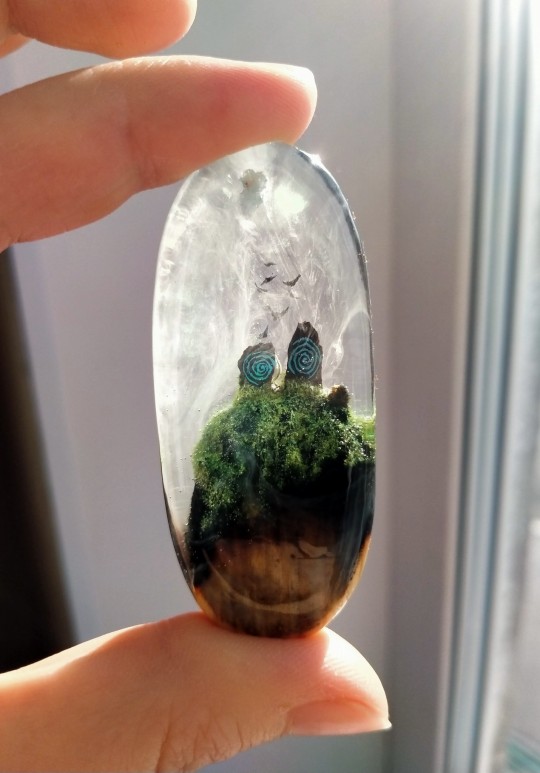
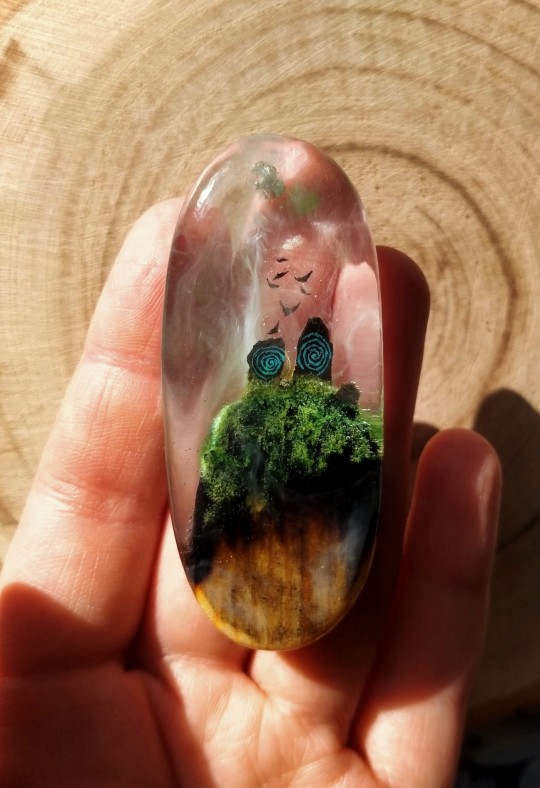
What a surprise - more neolithic stuff. Making these things is very therapeutic, burning splinters and arranging shards into something. Picking broken stupid little things and building portals. Recreating the oldest motif in the history of paint.
I guess you can call my genre 'overly emotional about pebbles'
#miniature#epoxy resin art#painted stones#rock painting#minerals#painted rocks#pebbles#resin#crafts#standing stones#megalithic#fog#prehistoric#cave art#neolithic#handprints#portal#fantasy#fairy realm#faerie#my art
651 notes
·
View notes